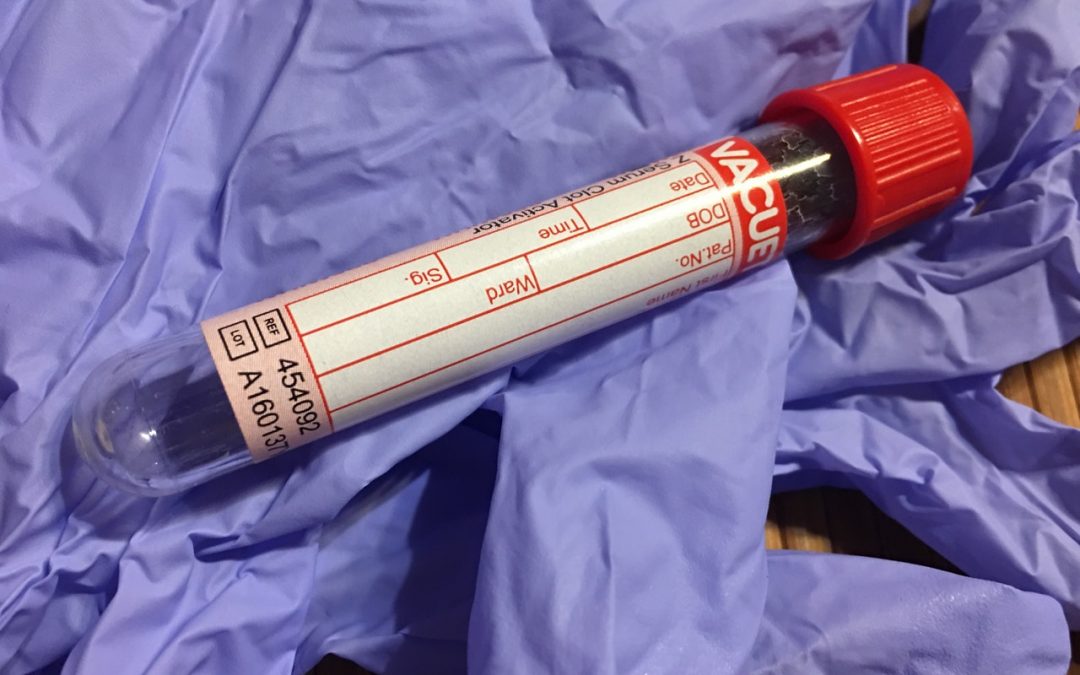Science has progressed at an incredible rate over the last several hundred years, and the practice of medicine moved into the modern age as the 20th century progressed. Many infectious diseases that would have almost certainly killed us less than a hundred years ago can now be prevented or treated with vaccines and antibiotics. Unfortunately, as the sophistication of medical and biological science has evolved in its ability to do good, these very advances have made it increasingly easy to abuse that science in a dangerous way.
Biological weapons, just like medicine, are not new. In the broad sense, attempts to use biological agents as weapons can be dated back to Scythian archers who infected their arrows with the blood of decomposing bodies or blood mixed with manure. The ancient Greeks and Romans are said to have used animal carcasses to contaminate adversaries’ wells. In the 12th Century, the Holy Roman Emperor had bodies put in wells of his enemies in Italy. Two centuries later, plague victims’ bodies were catapulted into Crimean towns by the invading Mongols.
Biological warfare didn’t come into its modern form until the 20th century, when biomedical research reached a new level of sophistication. During World War I, biological weapons started to be used in earnest when German scientists developed ways to use anthrax, glanders, cholera, and a wheat fungus as biological weapons. Japan’s Army Unit 731 was a notorious biological warfare research and development organization from 1937 through the end of WW II; it developed weapons, many of which were deployed against China, using a range of deadly pathogens. At least one pathogen was being prepared for an attack on California before the end of the war prevented its deployment.
The US began significant research on bioweapons during WW II, as did the USSR, but in 1969, President Nixon ordered that the offensive biological warfare program be shut down and our stockpiles be destroyed. The US and the USSR were two of what eventually were 178 nations that were parties to the 1972 Biological and Toxin Weapons Convention (BTWC), and an additional six signed it but did not become. After they signed the treaty, however, the USSR secretly established Biopreparat, a “civilian” network of clandestine laboratories devoted to the creation of deadly bioagents, in violation of the treaty. It was the largest and most dangerous bioweapons program in history. Those Soviet labs, which produced and stockpiled astonishing quantities of the most virulent, deadly agents, were shut down as the Soviet Union disintegrated, but the fate of all the material produced is still in question. Even today, stocks of variola virus, the causative agent of smallpox, a horrible disease that had been eradicated in 1980 through a massive public health effort, have been retained by both the US and Russia.
We have learned that biological weapons have the potential to wreak terrible, large-scale destruction on humanity. The Japanese program ended with the conclusion of WW II, the US program shifted, following President Nixon’s orders, from offensive to defensive research on the development of vaccines and countermeasures. But the treaty lacks effective means of inspection and enforcement, and today, allegations suggests that a number of parties or signatories, including North Korea, Syria, Iran, and China are each conducting bioweapon research and maintain a biowarfare capability. The North Korean threat is particularly worrisome given the growingly effective development of their missile delivery systems.
A related issue is “Dual Use Research of Concern” (DURC): research that is undertaken to provide useful, beneficial knowledge, but that could also be misused in such a way as to create a threat to public health and safety. As the field of biotechnology developed, and the ability to easily and cheaply manipulate genomes became become an issue, the US Government established the National Science Advisory board on Biosecurity (NSABB), a group that I worked closely with and served as an ex-officio member of for several years. NSABB recommended policies on this issue, and faced one of its most challenging problems when scientists published information about a way to alter the virulence of the flu virus. Recently, a report emerged that a small group of Canadian researchers spending less than $100,000, reconstituted an extinct poxvirus last year using DNA they ordered and received by mail order. The viral synthesis technique they used to bring back horsepox could be used by those with malevolent intent to recreate smallpox.
Clearly, the world is not prepared for a global pandemic. In addition to the threat of state supported biowarfare or bioterrorism, worrisome disease outbreaks now occur with greater frequency as a result of factors including increasing international travel, climate change, and increasing urbanization in areas that had been wildlife habitat. An unanticipated and uncontrolled outbreak could generate a global pandemic with the potential to kill millions. As Bill Gates commented earlier this year at Davos, “I think an epidemic, either naturally-occurring or intentionally-caused, is the most likely thing to cause 10 million excess deaths.”

